Journey Through Ruins
(Translated from the Chinese version with the help of Claude.)
In the second half of last year, I visited several nearby ruins. I had planned to write about these trips, but due to my chronic procrastination, I kept putting it off until I almost gave up. Recently, I discovered a treasure of a content creator, An Zhengming. An article on Zhihu describes her as belonging to the “ruins painting school.” She wrote Non-Mainstream Art History, which includes several sections specifically about ruins. So, I thought I’d strike while the iron is hot and finally write about my visits to these ruins. Although the stories behind these ruins may not compare to those of ancient Greece or Rome, they have their own unique charm.
Northgate Manor
Northgate Manor is located in Hudson Highlands State Park Preserve. In Google Maps satellite imagery, the crumbling walls are almost completely submerged in the surrounding forest.
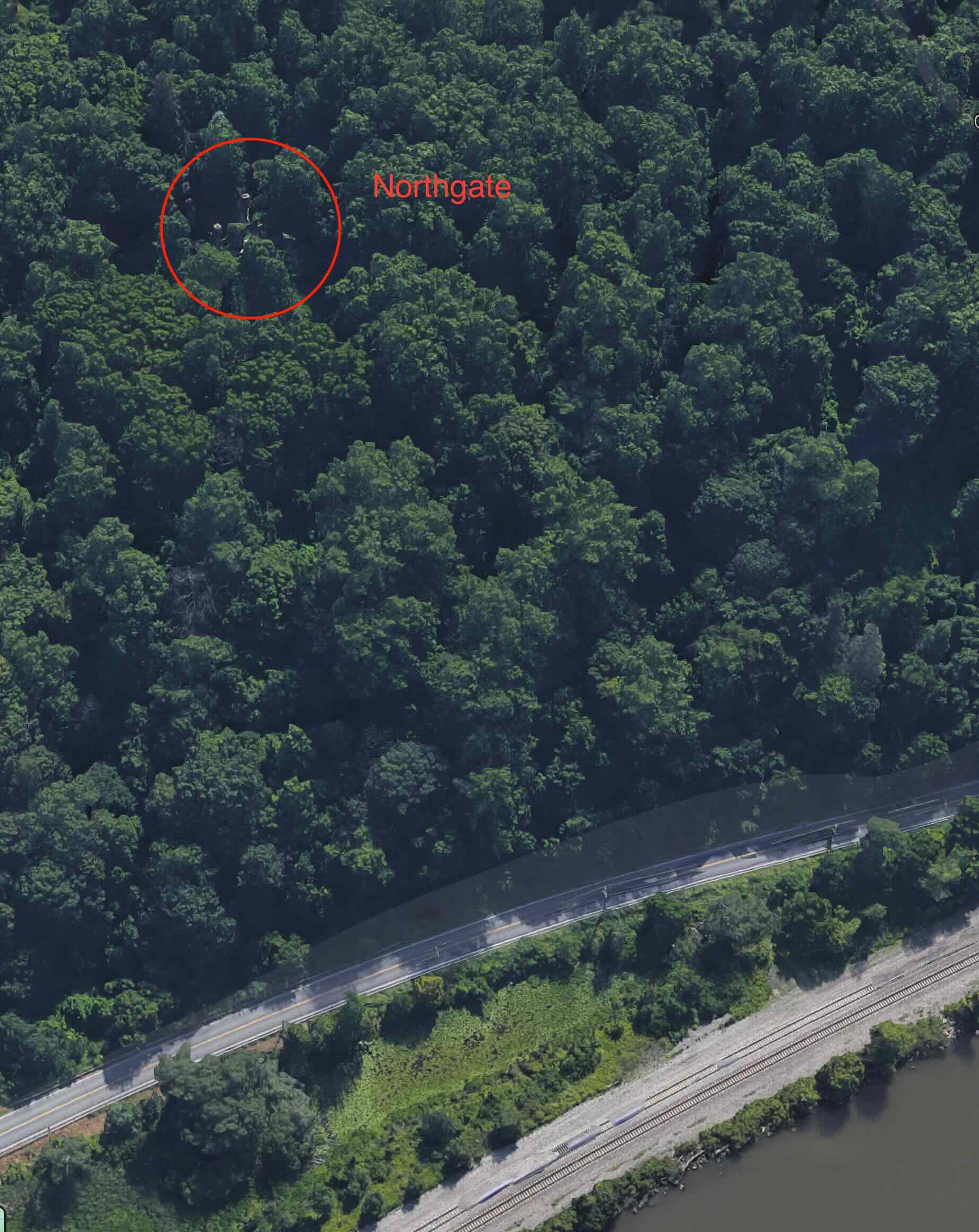
Google Maps satellite image
This estate covered 650 acres (for comparison, New York’s Central Park is 840 acres). It was built in 1910 by Chicago diamond merchant Sigmund Stern and sold to Edward J. Cornish and his wife in 1917.
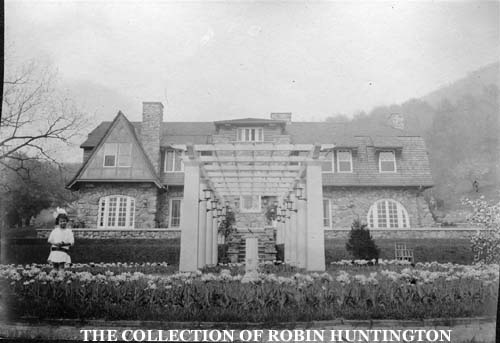
The mansion was quite magnificent in its day
The Cornish couple passed away in 1938. Their nephew inherited the property but didn’t maintain it. In 1956, a major fire destroyed the mansion. A power company once attempted to purchase the area to build a power plant but was unsuccessful. Later, the estate was sold to the State Park Commission and became an attraction within the park.

The mansion today, from the same angle
I imagine that Stern and Cornish were once powerful, wealthy tycoons (and perhaps their descendants still are), but the once-grand mansion, after being ravaged by fire and decades of exposure to the elements, now remains only as ruins for later generations to reflect upon.
Smallpox Memorial Hospital
Take the aerial tram from Manhattan to Roosevelt Island, walk south for ten minutes, and you’ll arrive at the Smallpox Memorial Hospital. In 1856, New York built this hospital at this well-isolated location to quarantine infectious disease patients. The hospital closed in 1875 and was converted into a nursing school. Later, the nursing school relocated elsewhere, the building fell into disrepair, and eventually became ruins.
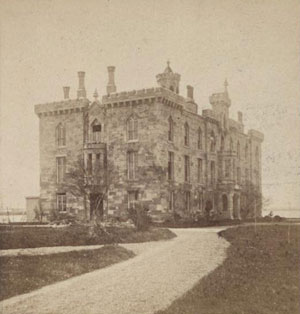
The hospital around 1870
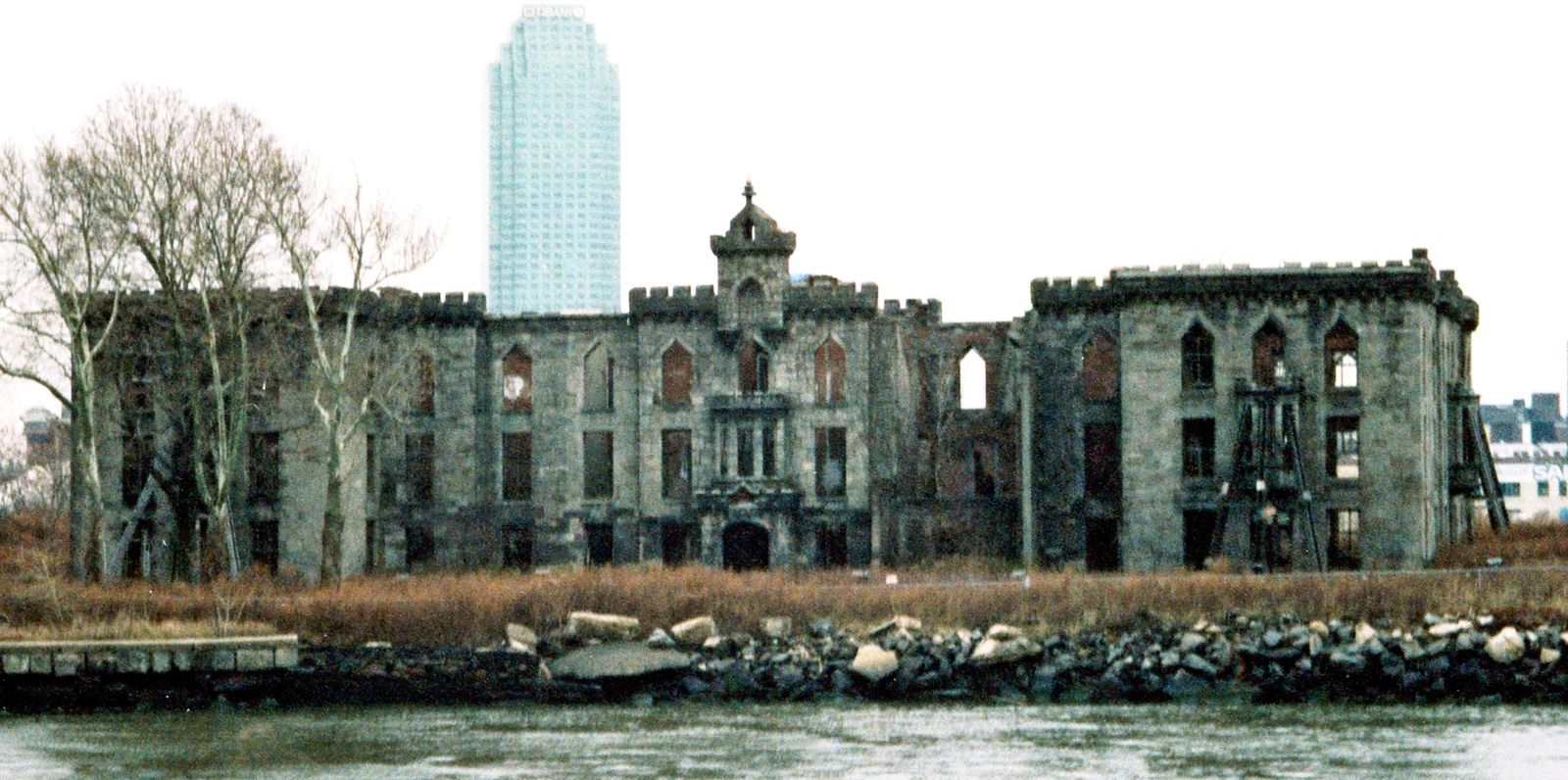
The hospital ruins (photographed in 1996)
In 2009, construction began on the Franklin D. Roosevelt Four Freedoms Park to the south of the hospital. The Four Freedoms were proposed by Roosevelt in January 1941, including freedom of speech and expression, freedom of worship, freedom from want, and freedom from fear. This summarized the democratic values in America at that time and broke America’s long-standing policy of non-intervention. Eleven months later, Japan attacked Pearl Harbor, and America entered the war.
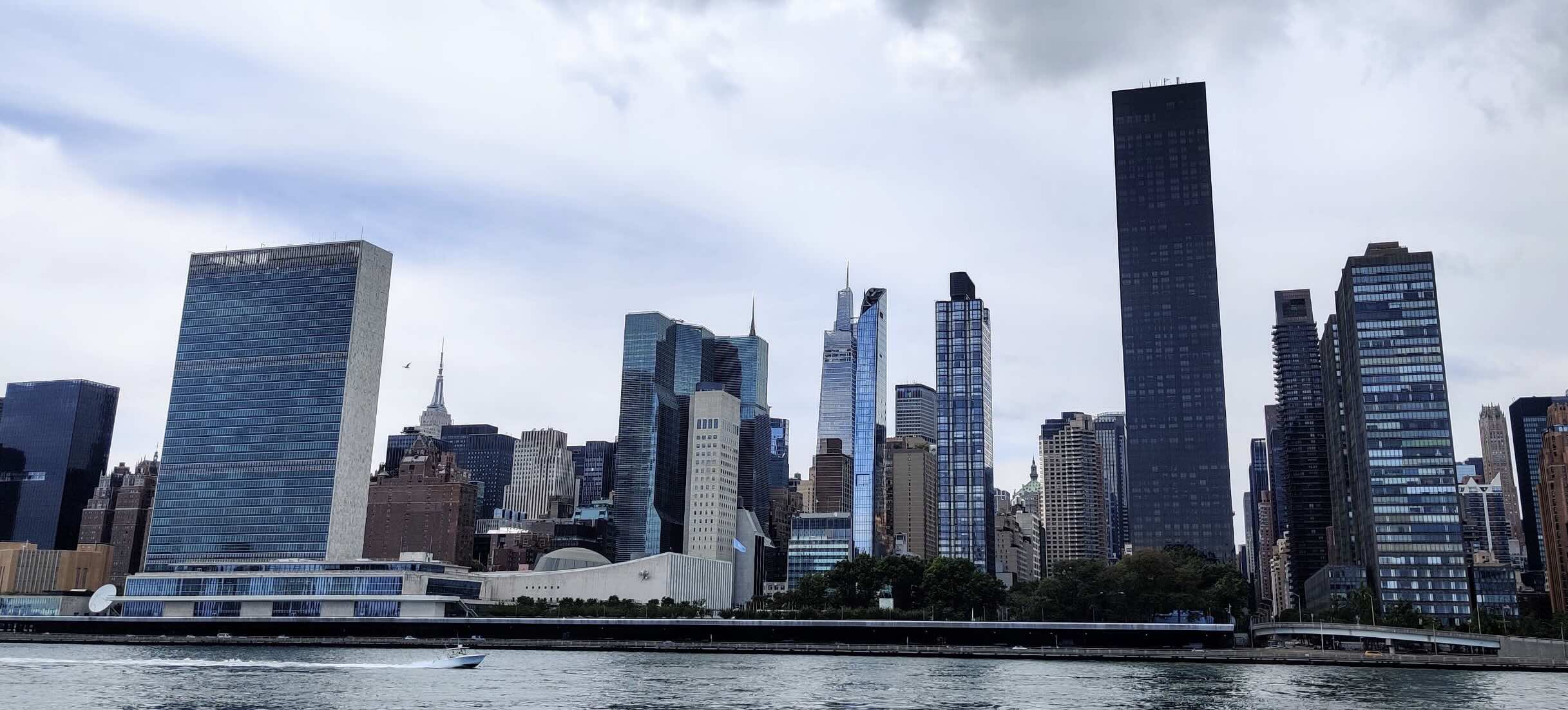
I unexpectedly discovered that Roosevelt Island offers a great view of the UN Headquarters
James Crafts’ Chemistry Laboratory
When I heard the name Crafts, I couldn’t recall any famous chemist’s achievements. To my surprise, after looking him up, I discovered he was the “Crafts” in the “Friedel-Crafts reaction” - the alkylation and acylation of aromatic compounds that’s a must-know topic in organic chemistry courses.
After serving as president of MIT for a few years (1897-1900), Crafts “retired” and came here to continue his scientific career. This was his summer “vacation” home, where he also built a chemistry laboratory (a true scholar who continued experimenting even in retirement, showing genuine academic passion). After Crafts died, the house changed hands several times, was left vacant, and like Northgate, was eventually destroyed in a large fire (1979). The ruins are now located in the Leon Levy Preserve.
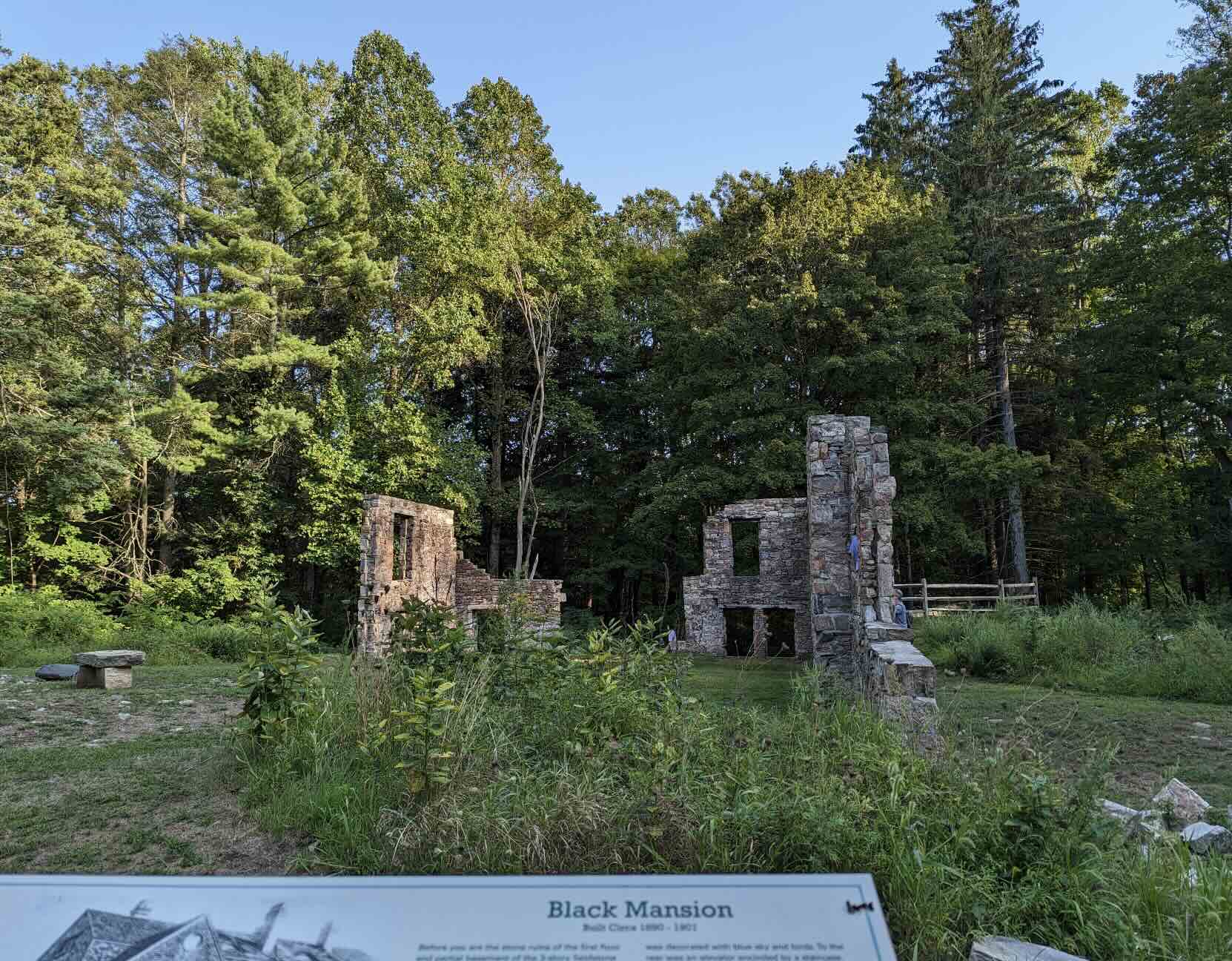
The mansion was uninhabited before burning down, earning the local nickname 'Black Mansion'
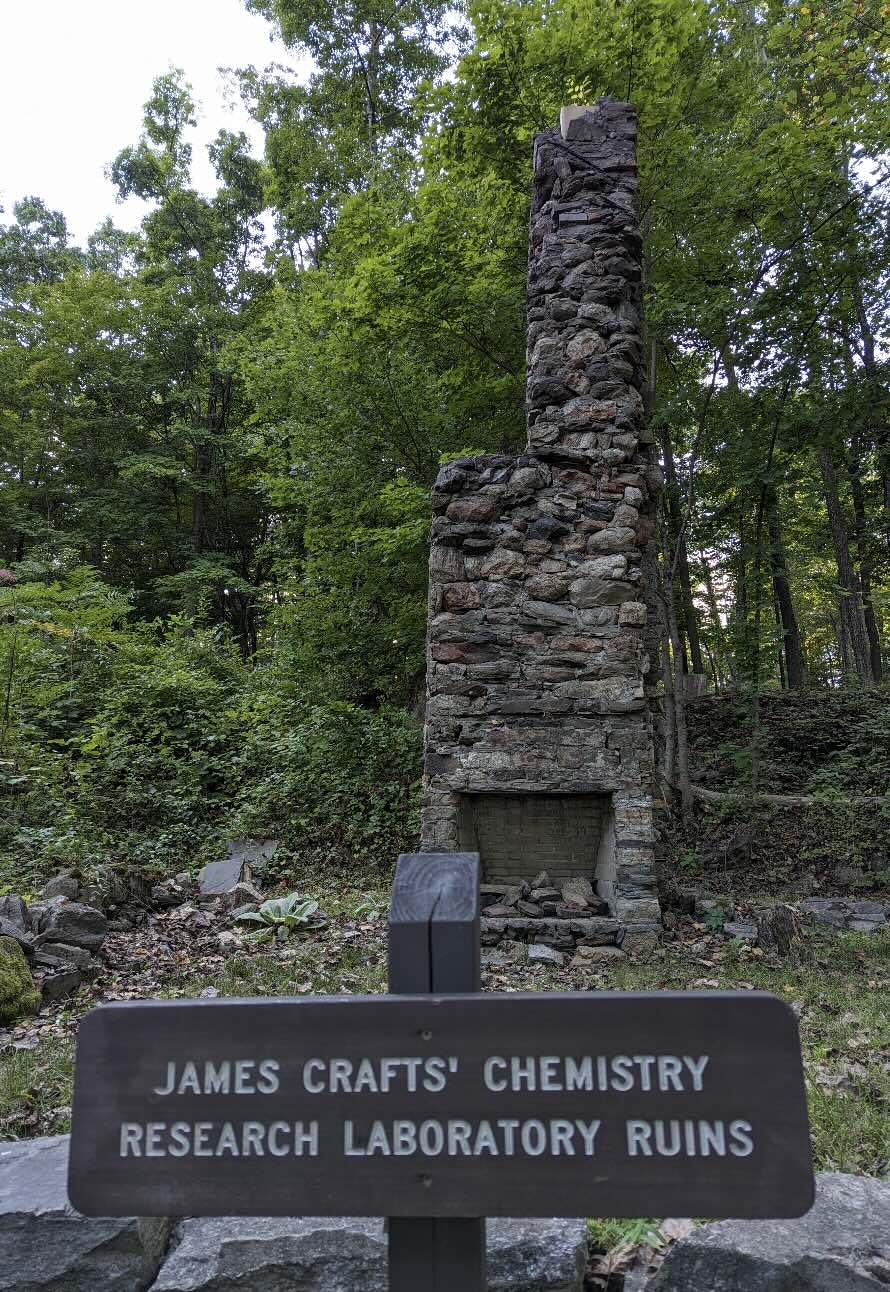
The laboratory ruins
Conclusion
The second law of thermodynamics tells us that houses constantly need maintenance (if you don’t have to think about this, you’re fortunate that others are doing it for you). Otherwise, they will either “fall into disrepair” or suffer “a major fire,” leaving only broken walls to tell the story of past glory.